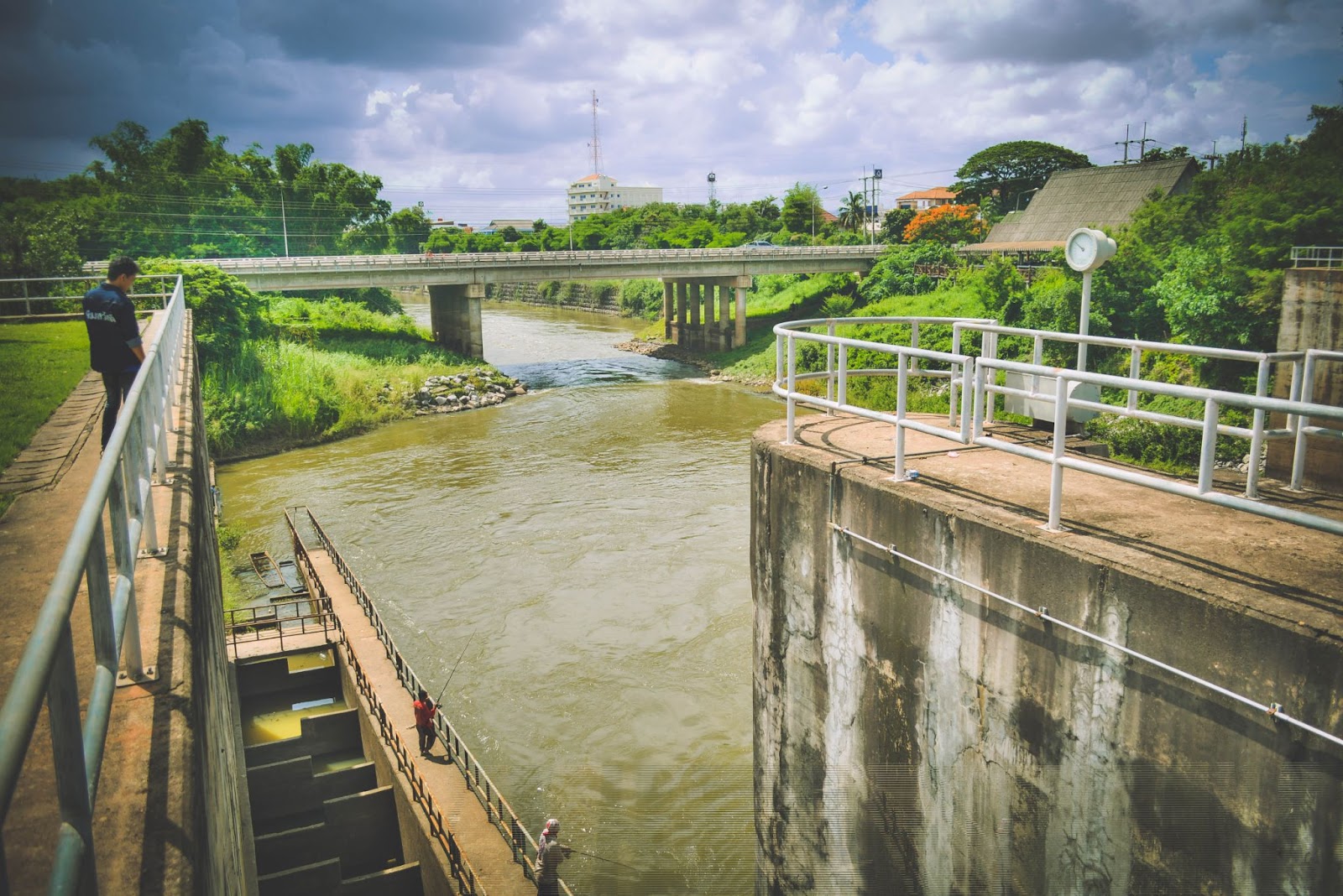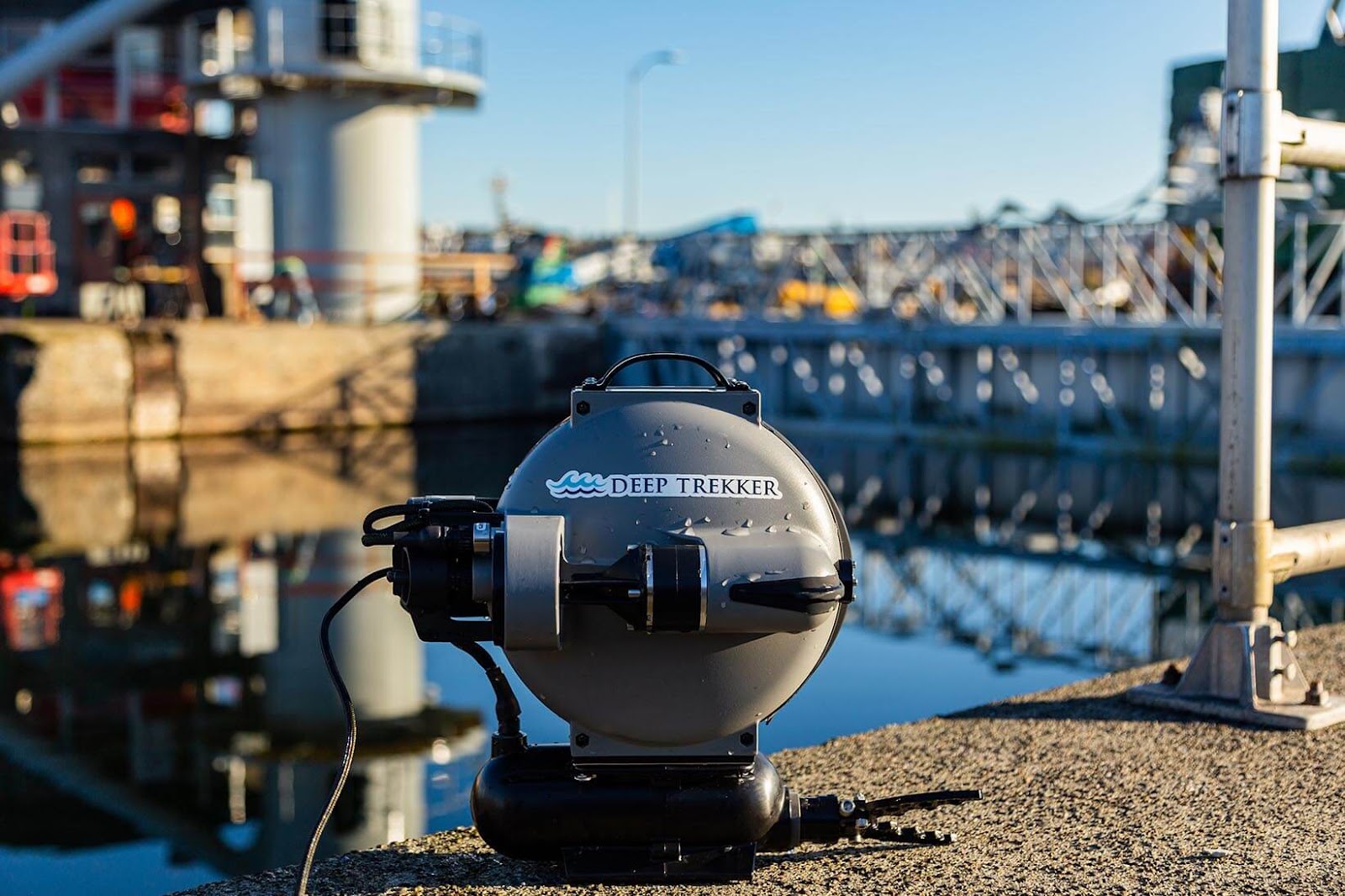WHAT IS A HYDROELECTRIC PLANT?
Hydroelectric plants are typically owned by Governments or large private corporations and tasked with converting kinetic energy from falling water into electricity to power our homes and cities. As the world’s most widely used method of sustainable energy, hydropower accounts for 17% of global electricity generation. With approximately two-thirds of the economically feasible potential remaining to be developed, the opportunity for sustainable hydroelectric growth is substantial. (source). Hydroelectric Inspection
The main components of a hydroelectric plant are:
- Dam: Used for controlling the flow of water and manipulating water levels to create falling water.
- Turbine: A rotary system controlled by the flow of water past its blades. Similarly to how a windmill reacts to wind, the more water falling through a turbine, the more mechanical energy which is created.
- Generator: Connected to the turbine, the generator is used to convert the mechanical energy into usable electricity.
- Transmission Lines: Power lines used to carry electricity to the desired areas.
AREAS TO EXAMINE IN A HYDROELECTRIC INSPECTION

Hydropower plants can vary dramatically in size, from tiny single-home systems, all the way to monstrous dams to power cities like the Hoover Dam in Nevada, USA. Since there is no specific regulatory framework, each dam / owner has their own guidelines based on the expected asset lifespan and previous inspections. Larger structures will require more in-depth inspections and regular maintenance due to the severity of a system failure, however most plants will want to inspect these same assets:
Reservoir
A reservoir is where water is retained before entering the hydropower plant for electricity creation. The dam allows for a natural lake to be enlarged, or aid in the creation of an artificial lake. Reservoirs should be routinely inspected for the integrity of the overall structure, ensure there are no leaks, and also investigate the condition of the equipment under the water; such as pipes, ladders, and valves. The lake bed can also be inspected to monitor sediment levels and ensure overall water quality.
Trash racks
Objects like logs and garbage can commonly enter reservoirs around the edges of a dam. Structures called trash racks are in place to “catch” this debris before it reaches the intake. The trash racks collect moderate to large debris that is flowing through the river. If unattended, this debris can build up on the racks and cause flow blockage. Regular surveys allow for minor blockages to be caught and cleared to avoid overflowing.
Intake / control gate
Intake structures are used for collecting and directing water from the reservoir into the turbines. In order to enter the intake, water must pass through a control gate. Control gates prevent any objects that made it past the trash racks from entering the intake and causing damage to the turbine. Both the intake structure and control gate need to be inspected regularly for blockages (which can reduce flow and electrical output) and for their overall condition.
If the gate or bolts holding the gate in place are damaged or corroded, it is much more cost efficient to perform preventative maintenance than to reel from the issues of a gate failure. Additionally, it is integral to inspect the vertical barrier screens to ensure that fish are protected. The screens protect juvenile fish from going through the power house, and instead directs the fish to a collection channel where they are sent to a juvenile fish facility.
Turbines
Arguably the most important underwater asset in a hydroelectric plant, the turbines are responsible for the initial generation of energy. Any damage to the blades can have negative impacts on electrical production. This damage could be caused by loose objects, erosion, or cavitation (small vapor-filled cavities). Routine inspection and maintenance is the key to unlocking optimal production and avoiding system failures.
Penstocks
Penstocks are long, angled pipes that carry water from the main intake structure down to outfall or discharge of the dam. If the penstock has a blockage or failure, the dam can become backed up. This can reduce overall efficiencies and may have environmental impacts from the resulting overflow.
WHY IS IT IMPORTANT TO EXAMINE HYDROPOWER PLANTS?

The inspection of hydro dams and power plants is integral for the prevention of system failures or inefficient energy production. By maintaining a consistent awareness of submerged assets and infrastructure, governments or private organizations can effectively forecast maintenance to avoid catastrophes.
Successful forecasting optimizes spending and allows for budgets to be confidently allocated for projects related to growth. According to the International Renewable Energy Agency (IRENA), the world’s hydropower capacity must grow by 60% by 2050 to meet the criteria for mitigating climate change, making effective growth plans vital within the hydro industry (source).
Damages and blockages may not always lead to critical errors, however in many instances, minor imperfections can lead to inefficient production. After a recent interview, Jon Thomas of the Eugene Water and Electrical Board (EWEB) stated that their team used ROV inspections to identify the accumulation of debris on the intake trash racks. This allowed them to optimize the use of hired divers for clearing obstructions to always ensure proper water flow.
On another occasion, Thomas and his team noticed that the stoplogs were unable to create a watertight seal, leaving the crew unable to control the water as they needed. After inspection, they could see the debris that hindered the beams’ ability to create a seal was quickly located and removed, allowing the team to continue on with minimal downtime.
Talk to us about improving the safety and efficiency of your next hydroelectric dam inspection CONTACT INDUSTRY SPECIALIST
WHAT ARE THE ADVANTAGES OF USING ROVS IN HYDROELECTRIC INSPECTIONS?

Access Confined or Dangerous Areas
Utilizing topside operation, ROVs’ compact yet rugged design allows them to navigate through complex confined spaces without putting any humans at risk. In some cases, ROVs can actually be equipped with modular addons to complete minor tasks, however larger projects may require human intervention. Although entering the water can not always be avoided, generating a clear visual understanding of the task before deploying drastically limits the required time underwater.
Improve Inspection Planning
If inspection or maintenance further requires humans to enter the water, an ROV is an effective tool for planning dive routes or performing pre-dive checks. Having an ROV scan the area for potential dangers, identify the target, or even latch onto an object to provide a tether route increases the chance of a smooth mission. Alternatively, an ROV can also quickly be deployed alongside a diver to monitor their status as a method of communication with the topside team.
Keep Hydro Operations Running
Without any safety concerns related to divers, operations can usually continue as normal during an ROV inspection. Removing this operational downtime ensures a continuous flow of energy production for a more efficient plant.
High Quality Imaging
ROVs are equipped with high definition cameras and powerful LED lighting to produce clear imaging. Their live feed can be recorded directly to SD cards or external hard drives for later use. This is especially useful for long-term analysis to monitor the progression of potential issues, or for inspection contractors to provide footage to clients.
